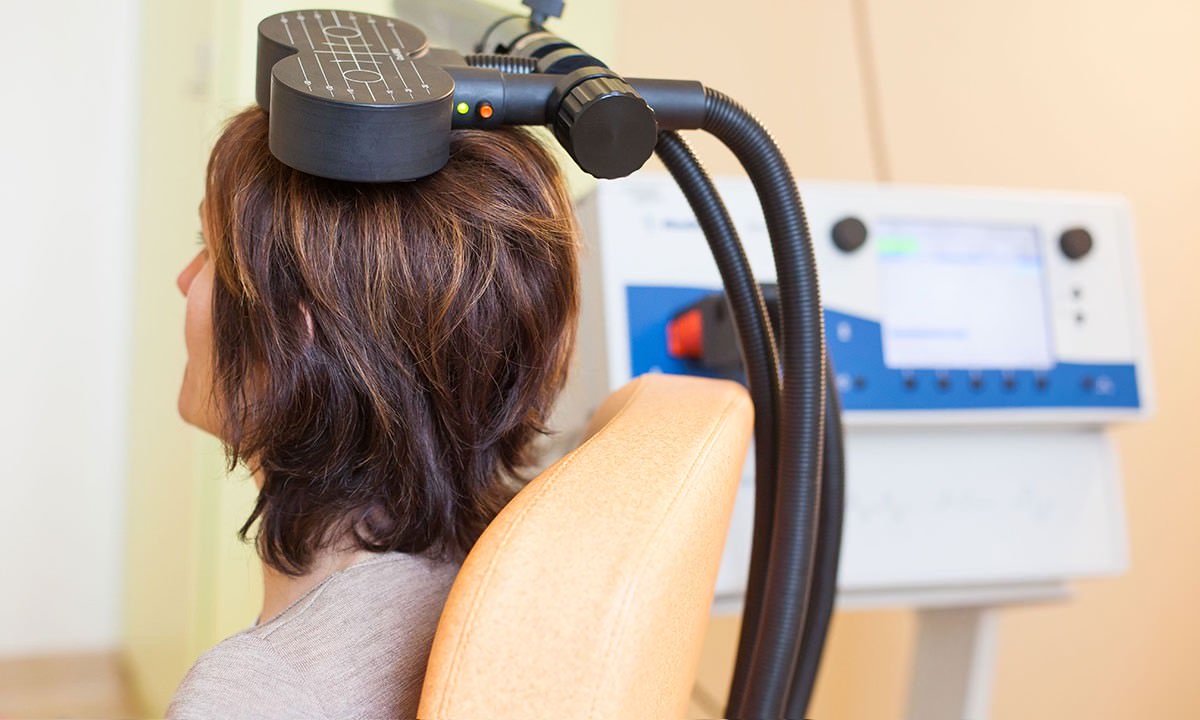TMS, or Transcranial Magnetic Stimulation, is a non-invasive medical procedure used to treat certain mental health conditions, particularly depression. It involves the use of a device that generates magnetic fields to stimulate specific areas of the brain. This stimulation is believed to improve neuronal activity in the targeted brain regions, which may help improve symptoms of depression and other mental health conditions. TMS is typically administered as a series of treatment sessions, and it has been approved by TGA, Therapeutic Goods Australia, as a safe and effective treatment option for depression.
How does TMS work?
TMS uses a specialized machine:
1. Coil Placement: A coil goes on the scalp over the targeted brain region, positioned precisely.
2. Magnetic Pulse: The machine sends a strong, safe magnetic pulse through the scalp and skull.
3. Electrical Currents: This pulse creates electrical currents in the brain, depolarizing neurons.
4. Activation/Inhibition: TMS can activate or inhibit neuron activity based on frequency.
5. Neuroplasticity: Repeated TMS sessions can lead to lasting changes in brain activity, helping treat various neurological and psychiatric conditions.
TMS is used in research and clinical settings for mapping brain function, investigating disorders, and treating conditions like depression, anxiety, and chronic pain. Ongoing research continues to explore its therapeutic mechanisms.




